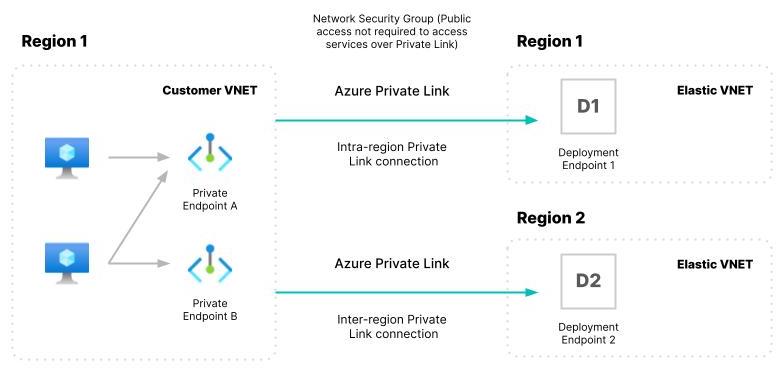All Categories
Featured
Table of Contents
They can additionally more easily outperform rivals for essential keywords in their niche. Semantic SEO is the procedure of developing even more definition and topical depth right into internet content.
Crawlers just tried to find particular keyword phrases on a page to recognize meaning and relevance. However most of us know that there is a whole lot more that enters into recognizing human language than simply the words we utilize. Context, facial expressions, tone, and the paragraphs before and after our words, all influence their meaning.
: and thus provide individuals with even more pertinent search outcomes. With these advancements, Google can look at an item of material and comprehend not only the subject it covers, however the relevant subtopics, terms, and entities and exactly how all of those different principles relate.

The reality is, searchers aren't necessarily just searching for one details solution when making use of Google; they are often trying to comprehend a provided subject with even more depth. State a user kinds in the keyword expression "what are back links"? Most most likely, they will have extra concerns that emerge after discovering their solution, such as: Just how do I get back links? Where can I get backlinks? The number of back links do I need? Can I buy backlinks? What's the difference in between white hat and black hat links? And others! In regards to the search experience, it's far better for the user to discover a solitary piece of content that answers all of those associated questions as opposed to different items of material for every specific question.
Top Semantic Markup In Seo Deals Near Me
Semantic Search engine optimization techniques call for even more time and effort on the part of content groups, the benefits are considerable. Boosted content quality signals in the eyes of Google crawlers.
Integrated with each other, they are all centered on improving topical depth and better communicating the meaning of internet material.
The most simple semantic search engine optimization technique is to raise the size of your web content by providing an extra extensive exploration of your topic. Content size is not an official ranking element, longer web content is extra most likely to display stronger semantic signals. Also, several studies have actually revealed the solid connection in between longer material and higher-ranking positions.
When Are Top Schema Markup For Semantic Seo Sales

Instead, the most effective way to increase the length of your web content is to be a lot more specific, nuanced, and comprehensive with the info you're supplying customers about the primary subject. With Google's enhanced algorithms and NLP models, there is no demand for users to stuff their material filled with their keyword target in order to rate.
They're not a ranking variable, yet including these terms to the material via page titles, meta summaries, h1-h6s, and photo alt message can enhance topical depth and semantic signals, while additionally making the web content more understandable and nuanced for searchers. One more way to improve the semantic depth of your material is to respond to the usual questions that users are asking in regard to your primary key words.
They essentially give the "rip off codes," to enhance topical depth. Screenshot from SearchAtlas, February 2022 A SEO web content author could absolutely explore the web content position on the initial web page to identify the important terms. Material optimization software application does the same job in an issue of secs. By adding those terms, topics, or inquiries onto the web page, you boost topical depth and hence exercise semantic search engine optimization.
Topic collections are groups of content pieces that are focused around a main topic. The keyword collection pictured in approach # 1 is a part of a bigger topic cluster focused on link structure. The different write-ups (each targeting their very own keyword phrase cluster) all web link back to a main "column web page," that is focused on the bigger topic of web link building.
Which Is The Leading Structured Data For Semantic Seo Company
By doing so, Google will not just connect your web site with a few key words yet several bigger topics and the countless keywords and search inquiries that are associated to them. Included Picture: pogonici/Shutterstock.
In the old days, when search engines weren't as advanced as they are today, discovering precise solution to inquiries in a single click was a rarity. A search for "MySpace vs Facebook", would possibly lead individuals straight to these sites rather of supplying a clear contrast in between the two.
Top Semantic Seo Examples Prices Near Me
Completion result is a highlighted snippet that discusses how both socials media differ from each various other. Google's end goal is to give one of the most appropriate results to searchers. Google AI Overviews Study by SE RankingDownload our research study and discover what search phrases cause AIOs and far more! You're prepared! Click the link we sent you in the e-mail to verify your emailand get AI Overviews Research study by SE Position is the process of maximizing your content for a subject as opposed to for a single key words or expression.
This method helps search engines provide more purposeful results and enhances the total individual experience in search. Semantic SEO, at its core, is about producing detailed content with all the required info for a certain subject. To produce engaging material and enhance a website for exposure in search results page, it is vital to understand Google's existing techniques to ranking sites and displaying details on SERPs.
Latest Posts
A Better Semantic Search Algorithms?
Who Is The Most Reliable Semantic Markup In Seo In My Area
Top-Rated Semantic Keyword Research To Buy